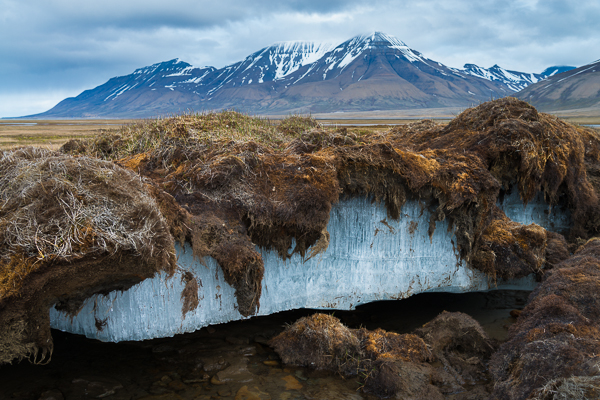
Range of Uncertainty
In science uncertainty describes possible ranges, but the range is real. Realistically our emissions are no longer in a safe range and we have proven that scientifically. When we talk about uncertainty and margin of error in science it describes possible ranges within the scope of a study. The uncertainty is about the level of the known imminent danger. A wild fire for example has a range of uncertain danger, but it is still very dangerous. Few of us feel comfortable with too much uncertainty. So if we want less uncertainty with our climate we need to keep our emissions within a safe range. Like a speed limit there is a rate at which we can release the heat trapping gas into the atmosphere. Nature releases about the same amount of CO2 as it reabsorbs in its natural CO2 cycle. Humans on the other hand, are good at releasing heat trapping gases into our atmosphere by burning the earths sequestered carbon of coal and fossil fuel, but we have been pretty lax in re-absorbing those gases and now they are trapped and are heating up our atmosphere. These gases need to be drawn down out of the atmosphere to keep the climate in a safe temperature range. Paul Hawken edited a book called, Drawdown with 100 ways to start reabsorbing the excess carbon that we have released into the atmosphere.
Faith is not a theory
The language of science can be confusing and is different than our vernacular. Theories for example in science imply a set of facts that are very well established. Theories are not just a hunch; gravity for example is a theory.
Another confusing science term is positive feedback loop. Positive feedback loops are not always positive and often imply instability. For example the increased methane release by the melting permafrost is a very negative positive feedback loop. The melting of the permafrost causes more warming and more melting. Melting decomposing plant matter of permafrost, releases Methane, which is 30 times more potent than C02, and is contributing a lot to our heat trapping gas . problem. So this loop is really bad for the climate as the on going 'wildfire' of melting produces more and more heat trapping gas. Not to freak you out but we really need to address this if you care at all about the future. Big storms are another example of positive feedback loops causing negative results. As the sea warms it increases normal storm intensity as we have seen in Bangladesh, Houston, Florida and Puerto Rico in just the last few months.
Positive feedback loops by definition "amplify changes; this tends to move a system away from its equilibrium state and make it more unstable. Negative feedbacks tend to dampen or buffer changes; this tends to hold a system to some equilibrium state making it more stable."